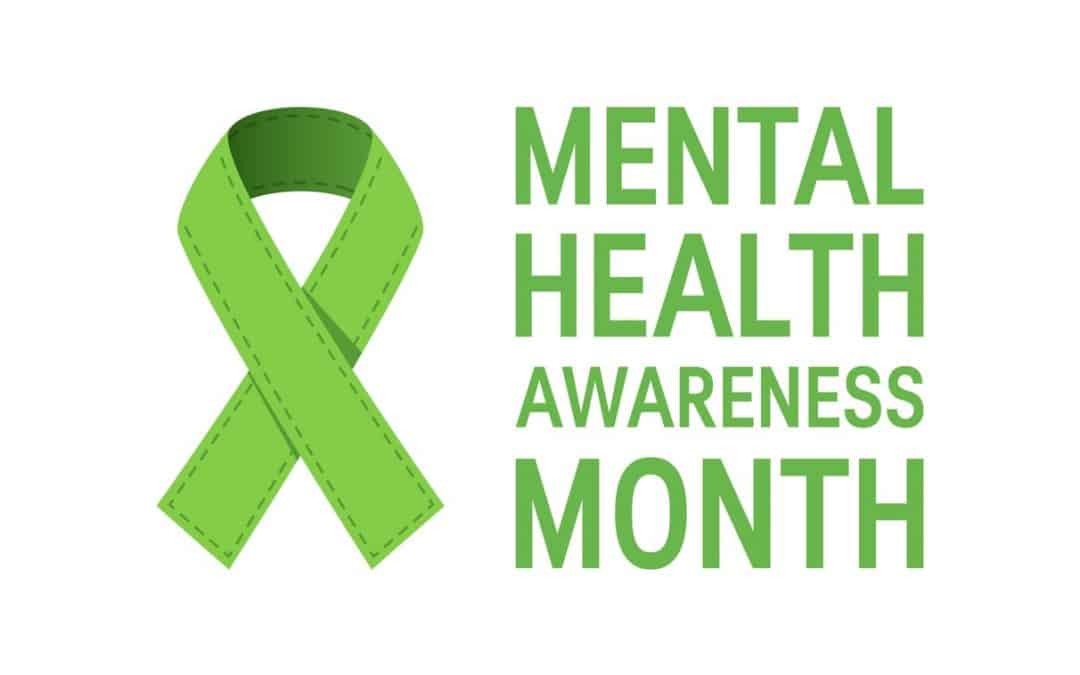Mental Health and Employee Wellbeing
May is Mental Health Awareness Month! There are numerous contributing factors to the condition of one’s mental health, but stress levels are one of the most common. In a national 2016 survey, Nielsen discovered that 28% of employees are frequently or always stressed as a result of the workplace, and most do not know how to manage this stress. As stated in the 2019 AHA report, “Mental Health: A Workforce Crisis,” unmanaged stress is not considered a clinical disorder, but it does significantly increase an individual’s risk of developing a mental health disorder. Unmanaged stress and poor mental health can then lead to a range of additional health issues, such as heart disease, diabetes, obesity, and tobacco use.
The Cost of Poor Mental Heath
In the AHA report, “Mental Health: A Workforce Crisis,” it is explained that employers are faced with paying both the visible and invisible costs of mental health disorders. Direct costs, or “visible” costs, include elements such as medical claims and pharmacy costs, whereas indirect costs, or “invisible costs,” include the costs of absenteeism, presenteeism, and work disability. Listed below are statistics for both, as outlined in the AHA report and a 2017 WHO study:
Visible Costs
- Stressful work environments have been estimated to account for 120,000 annual deaths incurring annual health care costs of approximately $190 billion.
- Approximately 50% of the annual cost of treating depression in the United States, $110 billion annually, is shouldered by employers.
Invisible Costs
- Depression and anxiety are the leading causes of disability and they cost the global economy about $1 trillion each year in lost productivity.
- Major Depression Disorder causes roughly 27 lost work days per employee per year with annual per capita cost of $4,426.
Addressing Mental Health In The Workplace
According to Mental Health America (MHA), the workplace makes a big psychological impact on employees. On a daily basis, employees will spend more waking hours in the workplace than at home and will overall spend a quarter to a third of their life in the workplace. With that being said, the workplace is an important setting to address mental health.
In honor of Mental Health Awareness Month, listed below are some of our favorite ways employers can address and improve mental health in the workplace, as discussed in “Mental Health: A Workforce Crisis.”
- Invest in the prevention and treatment of mental health disorders. Data shows that overall the cost of doing nothing is much higher than investing in evidence-based prevention and treatment strategies. In the AHA report, visit page 30 for a table that estimates the cost effectiveness of treatment for several mental health disorders. Then on page 36, you will find a pyramid table explaining the levels of prevention methods employers can participate in.
- Ensure that your health insurance providers adhere to federal and state regulations regarding mental health parity and remove treatment limitations such as prior authorization requirements and fail-first/step therapies.
- Increase access to services and consider providing onsite health clinics and telemedicine services.
- Utilize wellbeing leaders! Leaders play a very important role in advancing cultures of health and they can help reduce the stigma of getting treatment for mental health disorders. Have them lead by example and prioritize their own mental health, and also support the mental health of others.
By following these tips and investing in the prevention and treatment of mental health disorders, you can experience long-term cost benefits, as well as improved health outcomes for your employees. For more information on mental health, click here and download the the AHA report, “Mental Health: A Workforce Crisis.” It will serve as a great resource as you move forward in addressing mental health within your organization!








